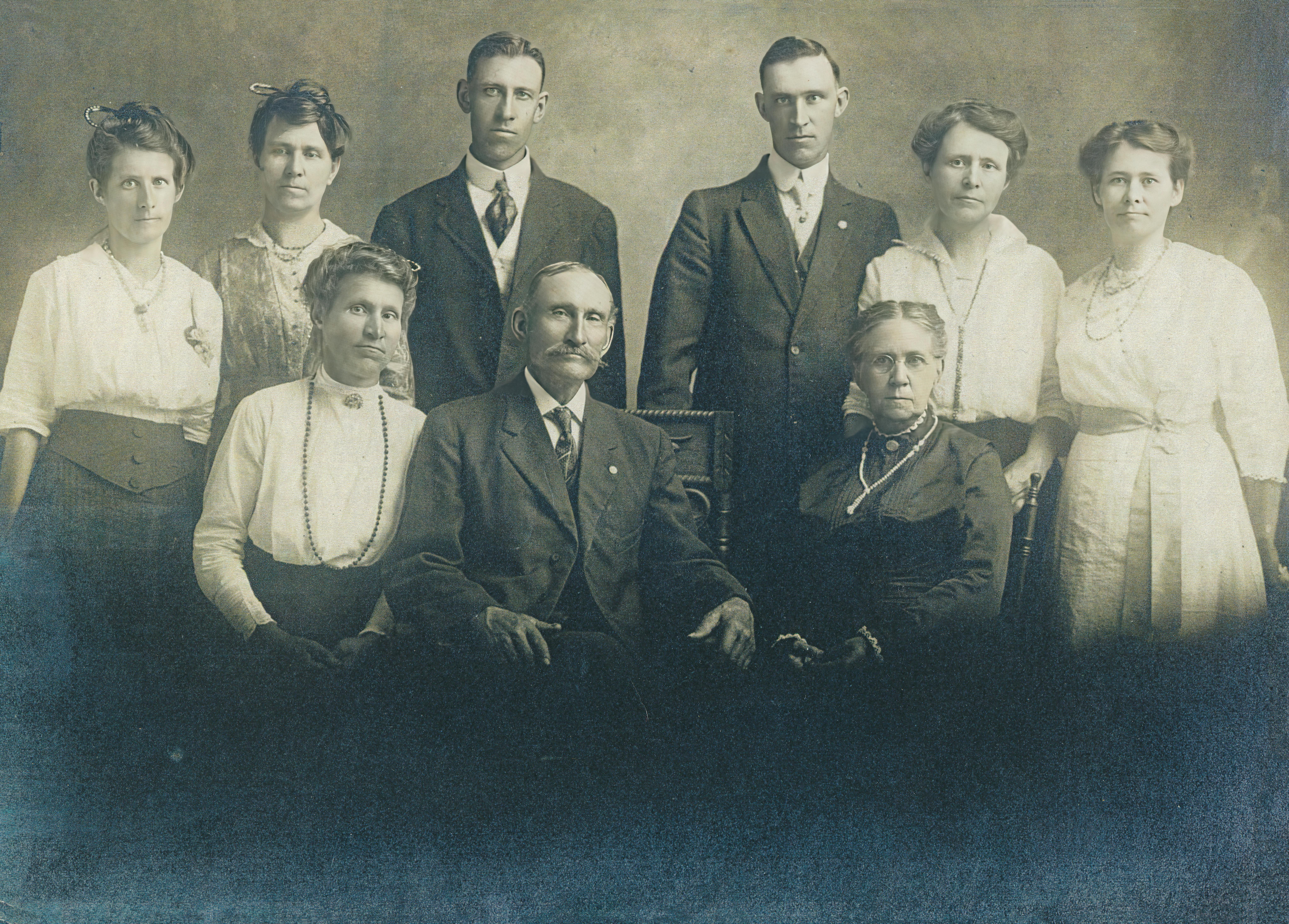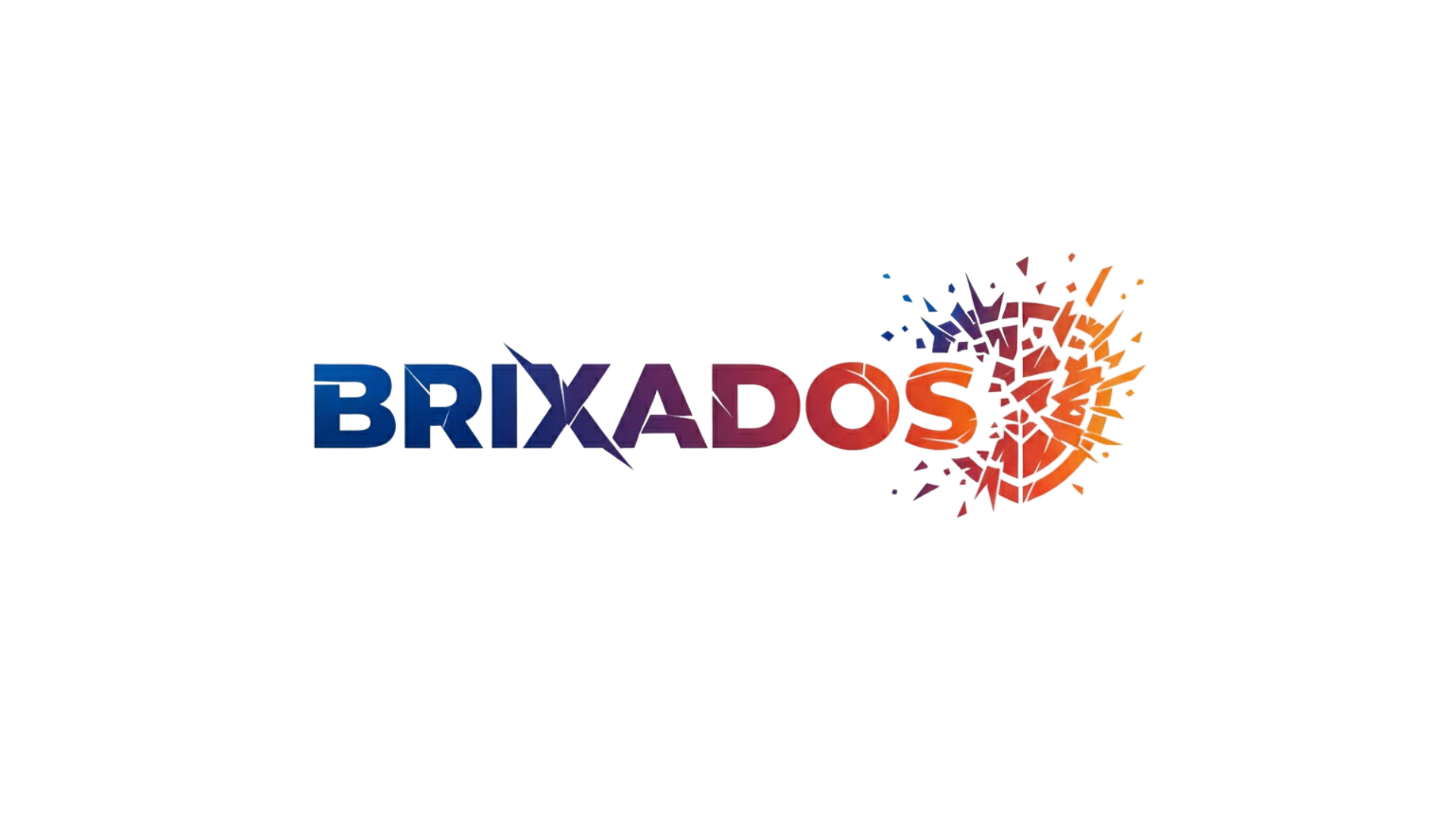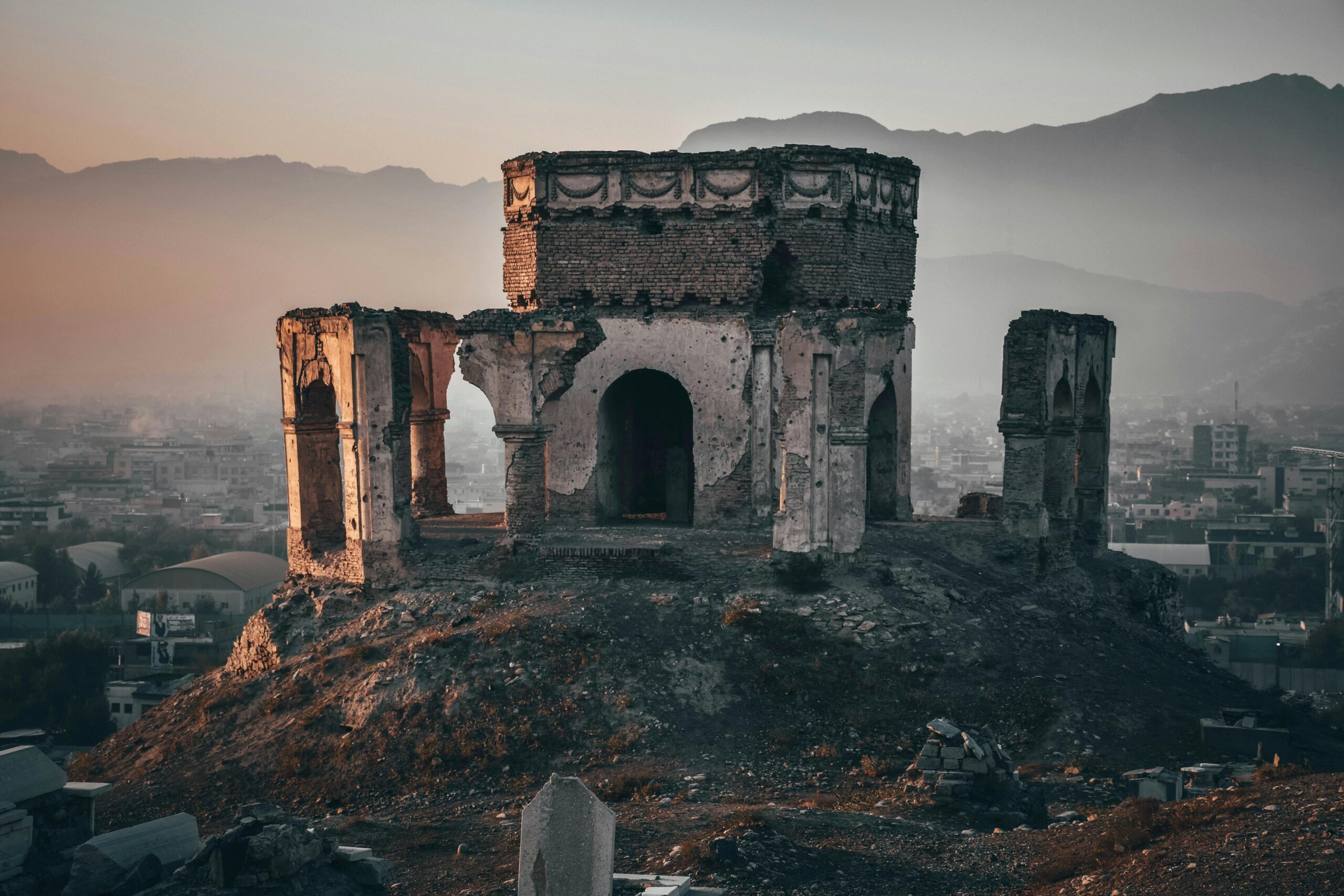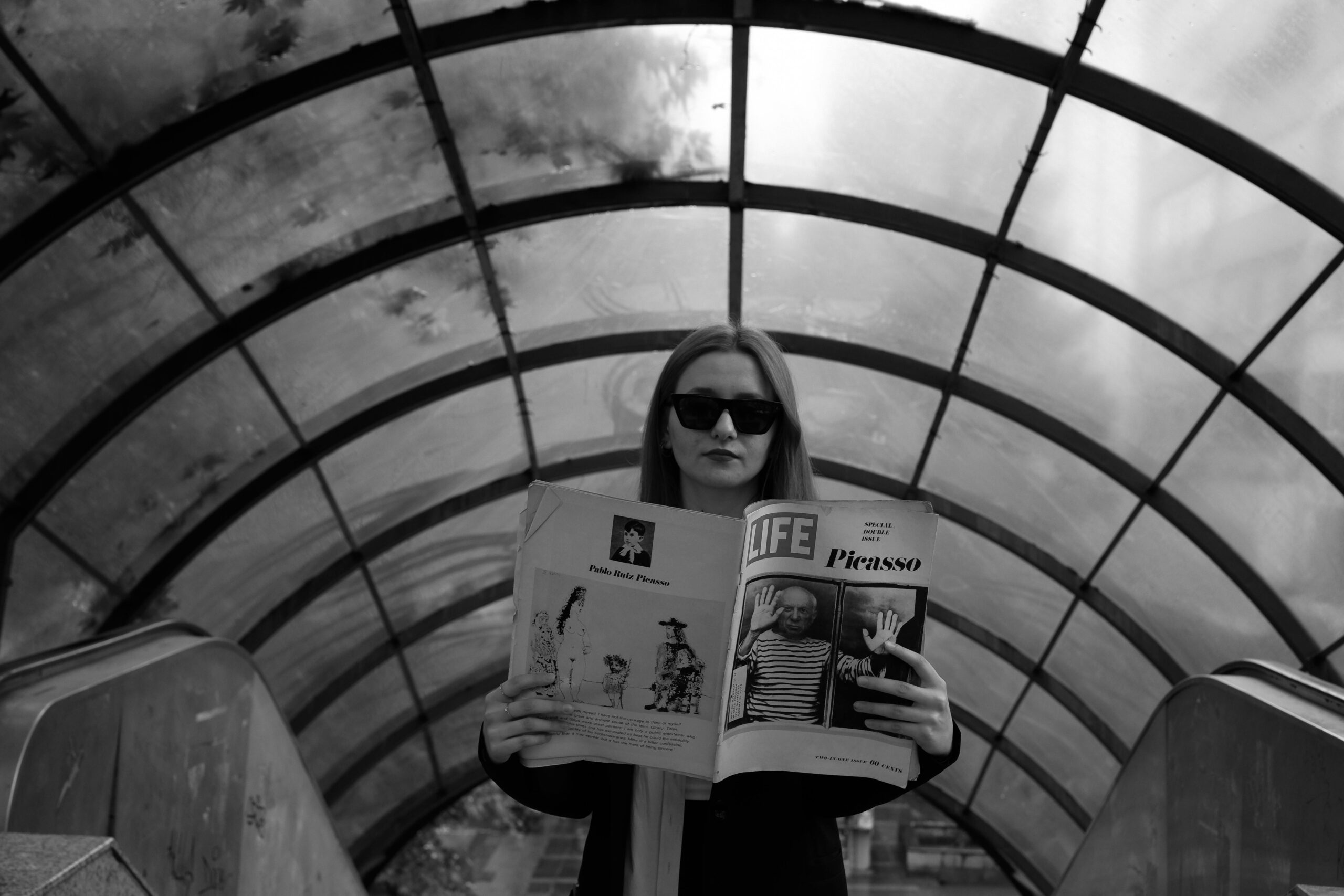Collective memory serves as the invisible thread weaving communities together, shaping identities through stories, symbols, and experiences passed down across generations.
🧠 The Foundation of Collective Memory in Human Society
When we think about who we are, we rarely consider ourselves in isolation. Our identities are intrinsically linked to the groups we belong to—our families, communities, nations, and even humanity as a whole. This connection exists because of collective memory, the shared pool of knowledge and information held by a group that shapes their common identity and understanding of the world.
Collective memory transcends individual recollection. It represents how groups remember their past, which events they choose to commemorate, and which narratives they construct around historical experiences. French sociologist Maurice Halbwachs first introduced this concept in the early 20th century, arguing that all memory is inherently social because it’s formed within social contexts and frameworks.
Unlike personal memories that fade or distort over time, collective memories are continuously reconstructed through social interactions, rituals, monuments, museums, and storytelling traditions. They provide communities with a sense of continuity, linking present experiences to past events and future aspirations.
📚 How Shared History Becomes Collective Identity
The transformation of historical events into collective identity happens through complex social processes. Communities don’t simply record what happened; they actively interpret, select, and narrate past events in ways that serve present needs and future goals.
National identities provide perhaps the clearest example of this phenomenon. Countries build their sense of self around founding myths, independence struggles, cultural achievements, and sometimes shared traumas. These narratives become so embedded in collective consciousness that they shape how citizens see themselves and their place in the world.
Consider how Americans relate to the Revolutionary War, how French citizens connect with the French Revolution, or how Australians identify with ANZAC traditions. These aren’t just historical facts—they’re living memories that influence contemporary values, political decisions, and social behaviors.
The Selectivity of Collective Memory
Not all historical events receive equal treatment in collective memory. Communities actively choose which events to remember, how to remember them, and which aspects to emphasize or suppress. This selectivity reveals much about a group’s current values and power structures.
Historical commemorations often reflect contemporary political and social needs rather than objective historical truth. Monuments are built, holidays are established, and curricula are designed to reinforce particular narratives about the past that serve present purposes.
🌍 Cultural Memory and Ethnic Identity Formation
Ethnic and cultural groups maintain their distinctiveness across generations largely through collective memory. Language, religious practices, culinary traditions, music, and oral histories all serve as vessels carrying collective memories forward through time.
Diaspora communities demonstrate the power of collective memory particularly vividly. Despite physical displacement from ancestral homelands, they maintain strong cultural identities through carefully preserved memories, traditions, and narratives about their origins and historical experiences.
The Jewish diaspora provides a compelling example. For nearly two millennia, Jewish communities maintained distinct identities across diverse geographical locations partly through collective memory—shared religious texts, annual commemorations of historical events, and narratives about exile and return that connected dispersed communities to common origins.
Intergenerational Transmission of Memory
Collective memory doesn’t automatically pass from one generation to the next. It requires active transmission through various mechanisms:
- Family storytelling and oral traditions that share personal and community histories
- Educational systems that teach particular historical narratives
- Religious and cultural ceremonies that ritualize memory
- Media representations in films, books, and digital content
- Physical spaces like museums, monuments, and heritage sites
- Commemorative practices including holidays and memorial days
When these transmission mechanisms weaken or change, collective memories can fade or transform, potentially altering group identity in the process.
💔 Trauma and Collective Memory
Some of the most powerful collective memories center on traumatic historical events. Genocides, wars, enslavements, and other forms of mass violence create profound collective memories that can shape identity for generations.
The Holocaust remains central to Jewish collective identity worldwide, influencing not only how Jewish communities see themselves but also shaping international human rights discourse. Similarly, the transatlantic slave trade and subsequent centuries of oppression form core elements of African American collective identity, influencing contemporary social movements and cultural expressions.
These traumatic memories serve multiple functions. They honor victims, educate new generations, provide moral lessons, and sometimes fuel demands for justice or reparations. They can also create strong group solidarity based on shared suffering and survival.
The Double Edge of Traumatic Memory
While traumatic collective memories can strengthen group cohesion and moral consciousness, they can also perpetuate cycles of conflict. When groups define themselves primarily through historical victimization, they may develop adversarial relationships with other groups associated with that trauma.
Balancing the need to remember past injustices with the possibility of reconciliation and forward movement represents one of the greatest challenges in managing collective memory.
🏛️ Contested Memories and Identity Conflicts
Different groups often remember the same events differently, leading to competing collective memories that can fuel ongoing conflicts. These memory wars reflect deeper struggles over identity, legitimacy, and power.
Colonial histories provide numerous examples. Events that colonizers remember as exploration, settlement, or civilization-building missions appear in indigenous collective memories as invasion, genocide, and cultural destruction. These conflicting memories continue to shape contemporary debates about land rights, reparations, and national identity.
In post-conflict societies, managing these competing memories becomes crucial for peace-building. Truth and reconciliation commissions, memorial projects, and educational reforms all attempt to navigate between different collective memories to create possibilities for shared futures.
📱 Digital Age and the Transformation of Collective Memory
Technology has dramatically transformed how collective memories form, spread, and persist. Social media platforms create new spaces for memory communities, allowing dispersed groups to maintain and strengthen collective identities through shared narratives and commemorative practices.
Digital archives democratize access to historical materials, enabling individuals to participate in constructing collective memories rather than passively receiving narratives from authorities. User-generated content, hashtag movements, and viral videos create new forms of collective remembering that can spread globally almost instantaneously.
However, digital technology also raises concerns. The permanence of digital records contrasts with traditional collective memory’s fluidity, potentially making it harder for societies to evolve beyond past conflicts. Algorithmic curation of information can create echo chambers that reinforce particular memories while excluding others.
Social Movements and Digital Memory
Contemporary social movements increasingly use digital platforms to construct collective memories in real-time. The Black Lives Matter movement, for instance, uses social media to document incidents, share historical context, and build collective consciousness about ongoing racial injustice rooted in historical oppression.
These digital collective memories operate differently from traditional ones. They’re more participatory, less controlled by institutions, and capable of reaching global audiences. They also face challenges of misinformation, manipulation, and the overwhelming volume of information that can make coherent collective memories harder to establish.
🎭 Cultural Productions as Memory Vehicles
Art, literature, film, and music serve as powerful vehicles for collective memory. Creative works don’t just reflect existing memories—they actively shape how communities remember and understand their pasts.
Historical novels, for example, often influence collective memory more than academic histories because they’re more widely read and emotionally engaging. Films about historical events reach massive audiences and create vivid, memorable images that become embedded in collective consciousness.
War memorials, museums, and heritage sites physically embody collective memories, creating spaces where communities can encounter their shared pasts. The design choices in these spaces—what they include, exclude, emphasize, or minimize—reveal much about how communities want to be remembered and understood.
🔮 The Future of Collective Memory and Identity
As societies become increasingly diverse and interconnected, managing collective memories becomes more complex. Multicultural nations must navigate multiple, sometimes conflicting collective memories while attempting to forge unifying national narratives.
Globalization creates opportunities for transnational collective memories around shared challenges like climate change, pandemic experiences, or human rights struggles. These emerging global memories might shape new forms of collective identity that transcend traditional national or ethnic boundaries.
The question of which memories will define future generations remains open. Will young people connect with the collective memories of their ancestors, or will rapid social change create memory gaps that weaken traditional identity formations? Will technology enable richer, more inclusive collective memories, or fragment them into countless micro-narratives?
🤝 Building Inclusive Collective Memories
Recognizing collective memory’s power in shaping identity raises important questions about whose memories are preserved and validated. Historically marginalized groups often find their experiences excluded from dominant collective memories, leading to incomplete or distorted historical narratives.
Creating more inclusive collective memories requires deliberate efforts to document and honor diverse experiences within communities. This includes amplifying previously silenced voices, reexamining established narratives, and creating spaces for multiple perspectives on shared histories.
Museums increasingly embrace this challenge by presenting multiple viewpoints on contested histories, creating interactive exhibits that invite visitor participation, and incorporating community voices in curatorial decisions. Educational systems also play crucial roles by teaching students to think critically about historical narratives and understand memory as constructed rather than simply given.

🌟 The Enduring Significance of Shared Remembering
Understanding collective memory’s role in identity formation helps us recognize that who we think we are is inseparable from the stories we tell about where we come from. These shared histories provide meaning, continuity, and belonging in ways that individual memories cannot.
Collective memories aren’t static monuments to the past but living, evolving narratives that communities continuously reshape to meet present needs. They can unite or divide, heal or wound, inspire or constrain. Their power lies not in perfect accuracy but in their ability to give groups shared frameworks for understanding their place in the world.
As we navigate increasingly complex social landscapes, appreciating how collective memory shapes identity becomes essential. It helps us understand conflicts rooted in competing historical narratives, recognize how power operates through memory control, and imagine more inclusive ways of remembering that honor diverse experiences within shared frameworks.
The power of collective memory ultimately reminds us that identity is not individual achievement but collaborative creation—built through countless acts of sharing, commemorating, and passing forward the stories that make us who we are together.
Toni Santos is a myth-psychology researcher and narrative writer exploring how archetypes, symbols and human story converge to shape mind, culture and meaning. Through his studies on the collective unconscious, comparative mythology and symbolic dream interpretation, Toni examines how the myths we tell reflect the patterns we live — and how awareness of these patterns can spark transformation. Passionate about hero’s journeys, mythic motifs and dream-language, Toni focuses on how story acts as both mirror and map for inner depth and growth. His work highlights the bridges between myth, psyche and culture — guiding readers toward a deeper encounter with themselves and the stories they carry. Blending psychology, mythology and narrative theory, Toni writes about the hidden architecture of meaning — helping readers understand how symbols, stories and dreams shape experience and identity. His work is a tribute to: The power of myth to reveal the unseen structures of psyche The journey from archetype to individual lived story The art of dream-language as a path to wholeness Whether you are a storyteller, psychologist or traveller in the inner landscape, Toni Santos invites you to explore the mythic dimension of mind — one symbol, one myth, one insight at a time.




